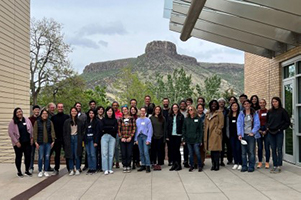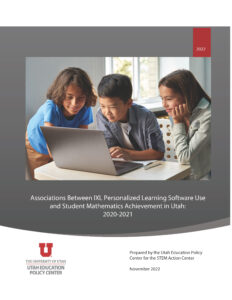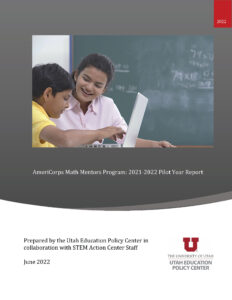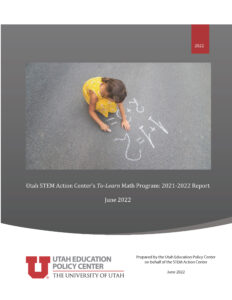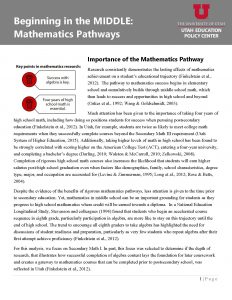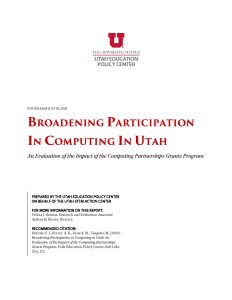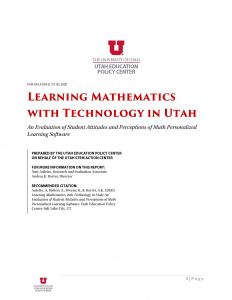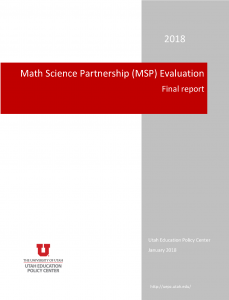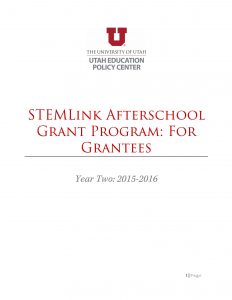
This report shares findings from the 2024-25 evaluation of the STEM Action Center’s Professional Learning (PL) Grant program. Educators and site leaders reported stronger STEM teaching skills, greater confidence, and more opportunities for collaboration as a result of their participation. The evaluation also highlights persistent challenges, including limited time and competing priorities, and offers considerations to strengthen future STEM PL efforts.








